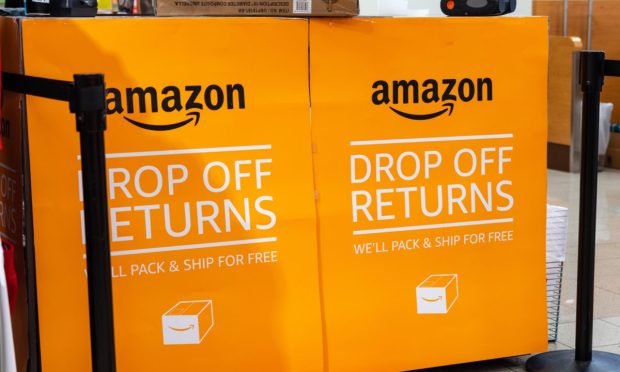
The battle against the $101 billion returns fraud problem has reportedly taken a new turn.
It involves sellers on Amazon sending off their wares, only to get “returns” that are in some cases literally junk, The Wall Street Journal (WSJ) reported Thursday (April 4).
For example, there’s Barbara Boschen, who sells household products but has gotten back TV cable boxes and used bars of soap.
“I accept that returns are part of doing business, but I don’t think we should be held responsible for people who think they’re getting one up on Amazon, and it’s really us,” Boschen said.
The WSJ report notes that return theft is a sore spot in Amazon’s relationship with its independent merchants, the subject of the Federal Trade Commission’s (FTC) ongoing lawsuit against the retail giant. The company is also facing new competition for its merchants from other eCommerce platforms, the report said.
An Amazon spokeswoman told the WSJ the company has “no tolerance for fraudulent returns” and that Amazon has invested substantially in spotting and preventing fraud, including employing teams focused on the issue, and that it gives sellers resources to report abuse and receive reimbursements.
However, some sellers say making a retail theft claim is in many cases not worth the effort. These claims can take weeks to process, and merchants may not get back the full cost of the item in question.
As noted here last month, returns fraud has become so common that fraudster groups have begun advertising their services on social media platforms. The fraud can come in several forms, such as returning products that have been shoplifted, or sending back an article of clothing that’s already been worn, a practice known as “wardrobing.”
Last year, Amazon took legal action against an international group known as REKK, accusing it of stealing millions via fraudulent returns. The company’s lawsuit, which calls REKK an “international fraud organization,” alleges that the group worked with Amazon customers and former employees to carry out the fraud.
Meanwhile, PYMNTS recently spoke with Doriel Abrahams, head of risk, U.S., at Forter, and Richard Kostick, CEO of 100% PURE, about their companies’ experiences with returns fraud.
“We believe that around 15% of returns are actually fraudulent” or represent abuse of the system, Abrahams said, noting scams that include customers turning empty boxes or even reselling items after getting a refund.
For merchants, Kostick added, returns are costly. In the case of his cosmetics company, returned items can’t be put back, they need to be destroyed.
The company adopted a policy that lets customers keep the order rather than return it, which has led to another type of fraud, with buyers also requesting refunds and keeping the cosmetics.